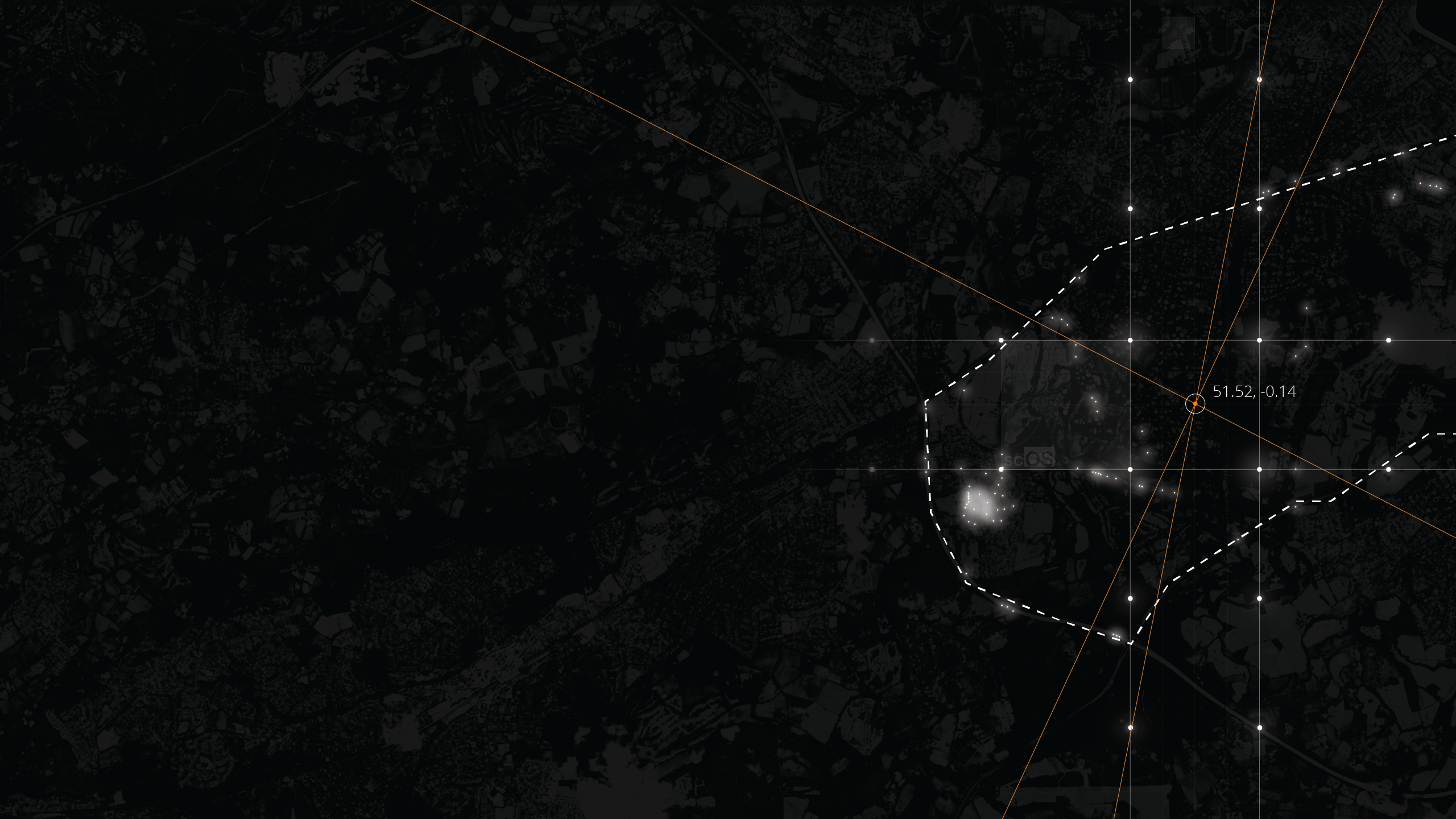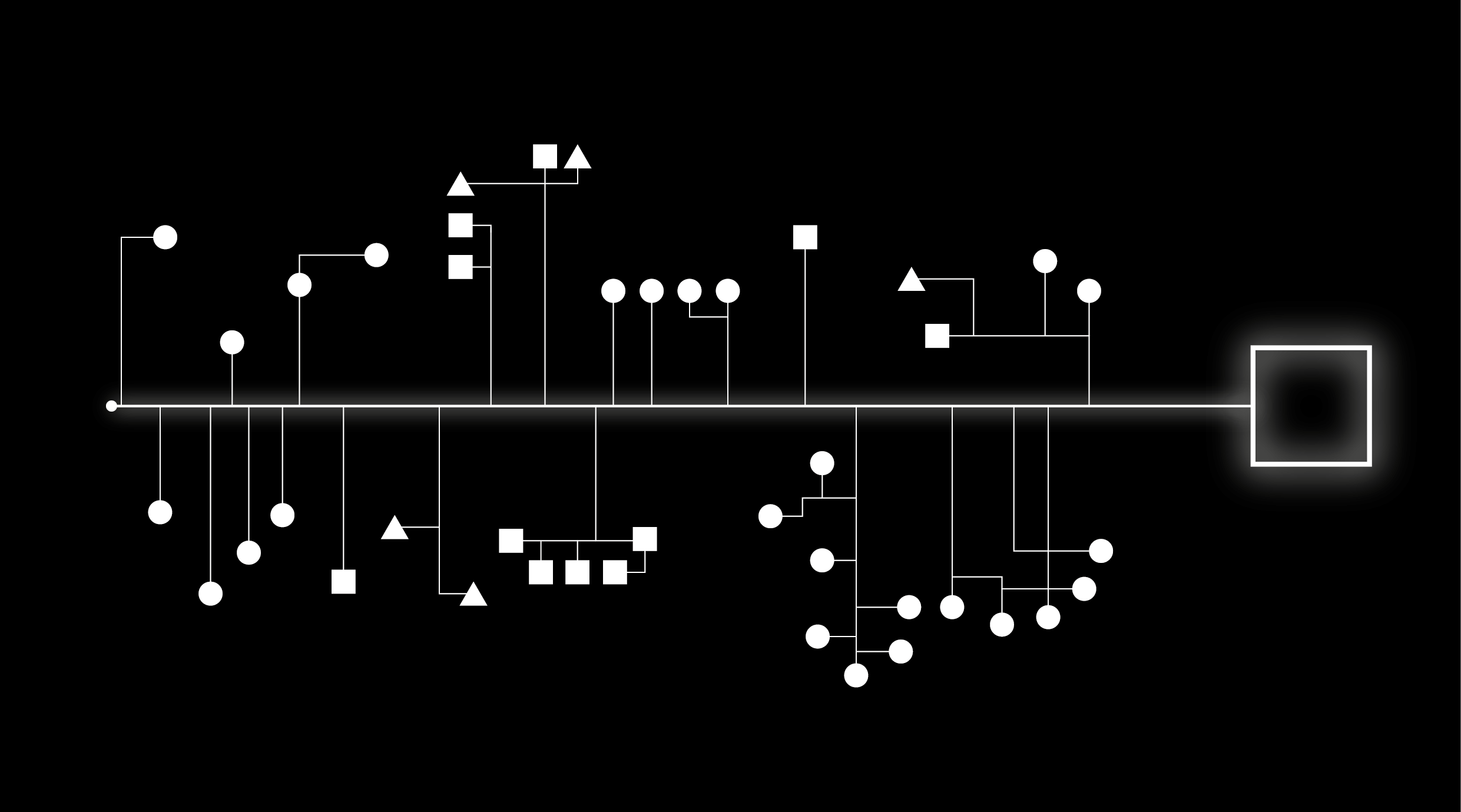This is what scOS refers to as "Smart Devices" or "IoT Devices".
For simple reading along our website, we prefer to use 'Smart Devices'. However, in our applications, you will see them collectively referred to as "Linked-By-Network Devices".
What are Smart Devices?
These are electronic devices that can connect to the internet. Here are some examples you may have heard of:
- Smart camera.
- Smart speaker.
- Smart assistant.
- Smart light.
- Smart lock.
- Smart fridge.
- Smart kettle.
scOS uses smart devices as part of a nervous system. They provide the computer system with an understanding of the environment it is in. The computer system then makes its decisions and then uses the smart devices to output results, when needed.
When you arrive home, the driveway camera allows your scOS system to recognise you. And in our furture developments, when you get inside, a smart speaker may say "Welcome back Kristian, your bag is in the kitchen if you are about to head out to the gym. Let me know if you are not".
Of course, this response takes in many dynamic reference points to formulate, just like a human would. We will get into how this can work later.










